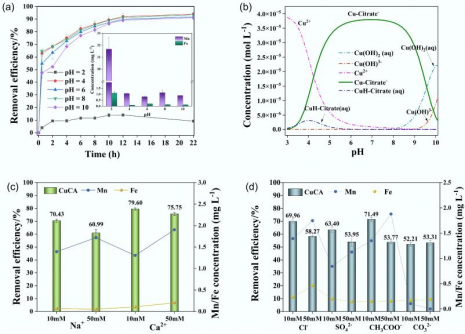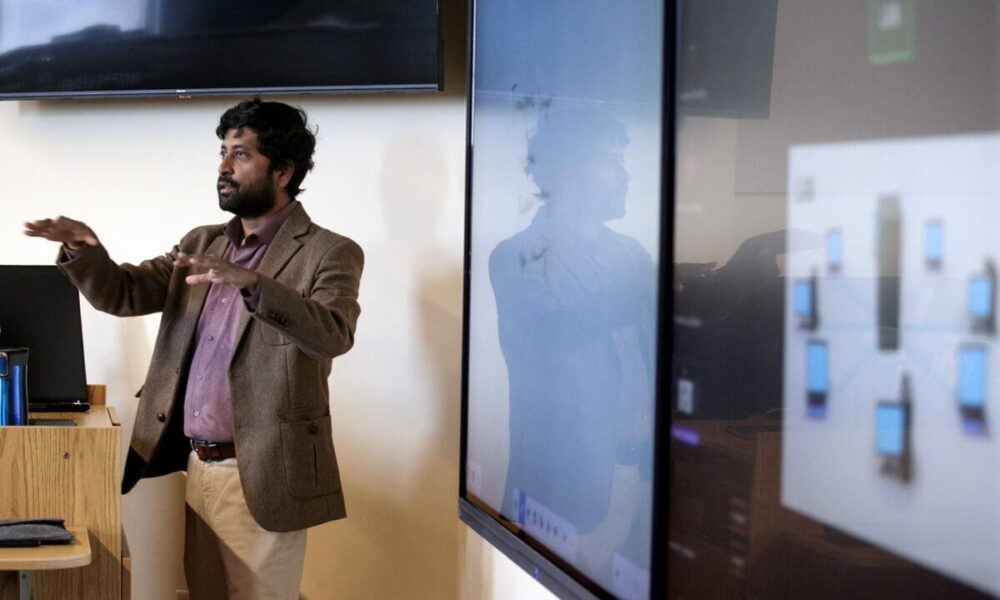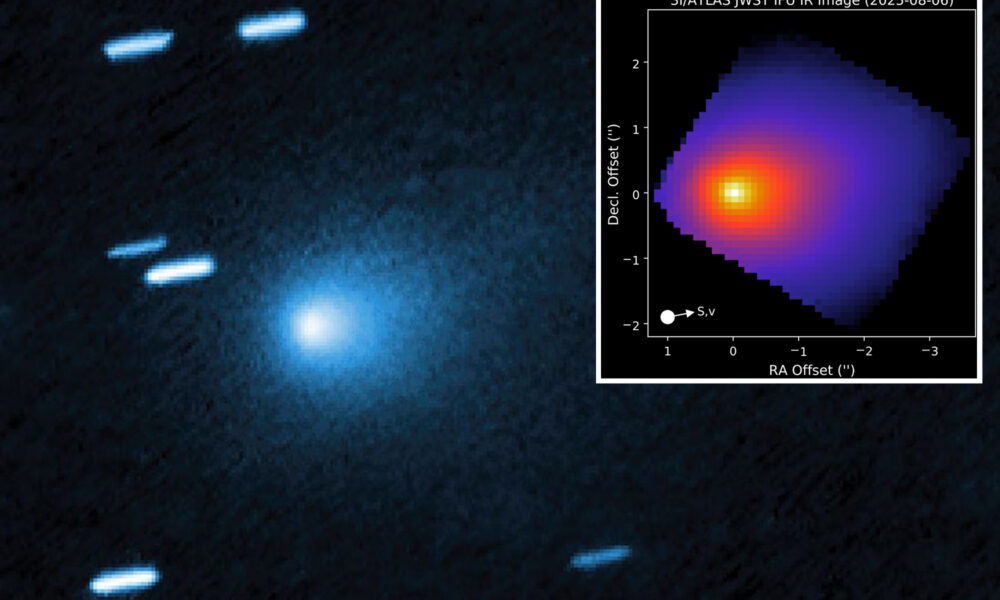A research team led by Wenhong Fan from Beihang University has developed a novel biochar material that demonstrates exceptional efficiency in removing stable metal complexes from water. The study, published in the journal Biochar X on October 14, 2025, highlights the potential of this innovative material, known as ferromanganese oxide-modified biochar (FMBC-600), to address the increasing challenges posed by water pollution, particularly from copper complexes.
The FMBC-600 material, modified with 100-nanometer particles of Mn3O4 and (FeO)0.099(MnO)0.901, achieved a remarkable copper removal rate of 99.5% and a total organic carbon reduction of 92.6%. This breakthrough comes at a time when the demand for effective wastewater treatment solutions is critical due to the rising scarcity of freshwater resources.
Addressing Persistent Water Contaminants
Conventional wastewater treatment methods often focus on removing free metal ions while neglecting stable metal complexes, which are prevalent in industrial and municipal effluents. These complexes, frequently bound with citric acid or other organic agents, resist degradation and pose long-term ecological and health risks. Notably, copper-citrate complexes are commonly found in industries such as electroplating and textile dyeing.
Traditional precipitation and ion exchange techniques have proven inadequate for effectively removing these stable complexes. This limitation underscores the need for advanced materials capable of addressing such persistent contaminants. The use of biochar has emerged as a promising alternative due to its low cost and environmental friendliness. However, many biochars suffer from limited active sites and poor selectivity, which hampers their adsorption efficiency.
Breakthrough in Biochar Modification
The study conducted by Wenhong Fan and his team involved synthesizing FMBC-600 through a combination of impregnation and high-temperature calcination. This process significantly enhanced the biochar’s structural characteristics, as revealed by field emission scanning electron microscopy (FE-SEM). The modification converted the initially smooth pristine biochar into a rough surface uniformly coated with nanoparticles, which facilitated superior adsorption capabilities.
The researchers confirmed the successful incorporation of iron and manganese into the biochar through energy-dispersive X-ray spectroscopy (EDS) and verified the presence of functional groups using Fourier-transform infrared spectroscopy (FTIR) and X-ray diffraction (XRD). These analyses indicated a rich presence of hydroxyl, aromatic, and metal–oxygen functional groups, which play crucial roles in the adsorption process.
Additional tests demonstrated that FMBC-600 maintained high performance across varying pH levels (4-10) and in the presence of competing ions such as Na+, Ca2+, Cl−, and SO42−. This resilience indicates strong selectivity and robust resistance to interference, making FMBC-600 highly adaptable for real-world applications.
Furthermore, kinetic modeling suggested that chemisorption, characterized by a pseudo-second-order equation (R2 > 0.99), was the dominant adsorption mechanism. The Freundlich isotherm model described the heterogeneous multilayer adsorption, which improved at elevated temperatures.
In regeneration tests, FMBC-600 retained about 80% of its efficiency after two cycles, further highlighting its stability and reusability. The findings suggest that this modified biochar material is not only effective but also scalable and cost-efficient for large-scale applications in managing industrial effluents.
Implications for Water Treatment and Beyond
The development of FMBC-600 represents a significant advancement in sustainable water treatment technologies. Its straightforward, low-cost production process and high efficiency make it particularly suitable for industries that grapple with heavy metal pollution, such as electroplating, dyeing, and chemical manufacturing.
Beyond wastewater treatment, there is potential for adapting this technology for soil remediation, thereby contributing to the reduction of heavy metal accumulation in agricultural lands. Compared to traditional adsorbents, FMBC-600 offers enhanced selectivity, stability, and reusability, making it an attractive option for addressing complex water chemistry in various environments.
The integration of this innovative material into existing wastewater treatment frameworks could substantially reduce metal contamination, aligning with global clean water and sustainability goals. This research not only addresses immediate environmental concerns but also sets the stage for future advancements in the field of biochar science.
The study received funding from the National Natural Science Foundation of China and various regional research projects, underscoring the collaborative effort towards sustainable environmental solutions.
For more detailed insights, the full research article can be accessed at Biochar X.







